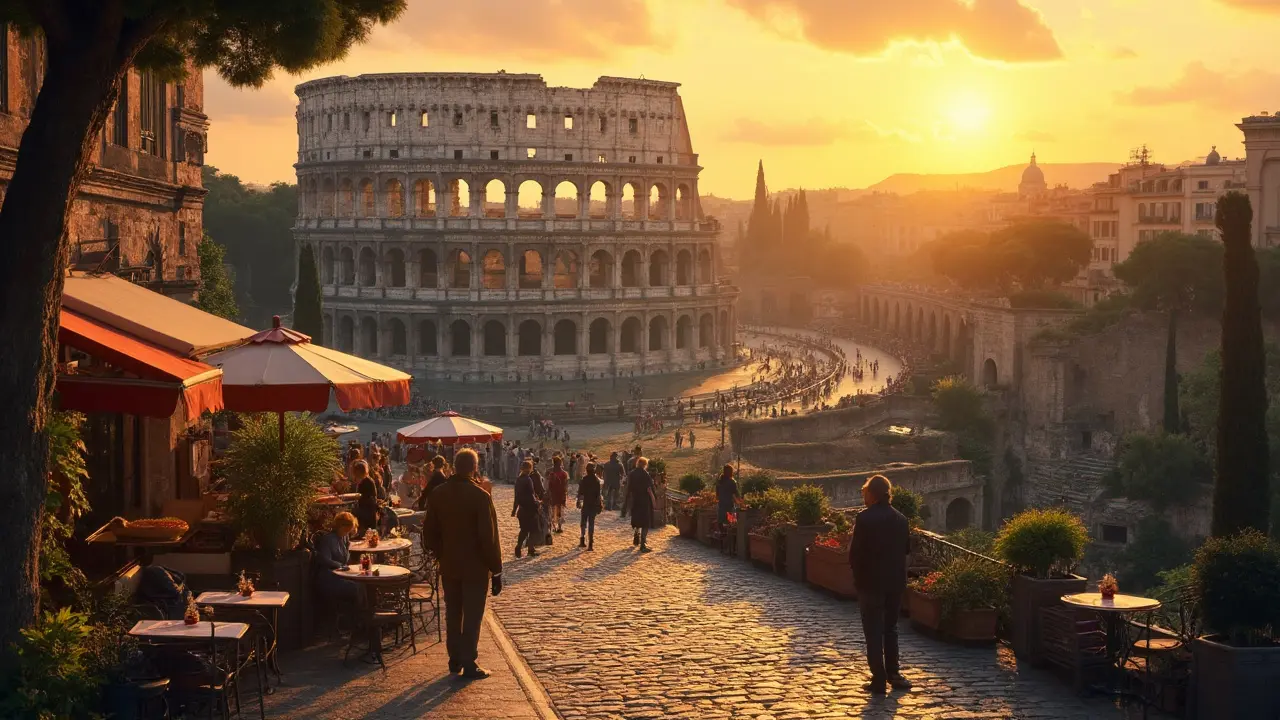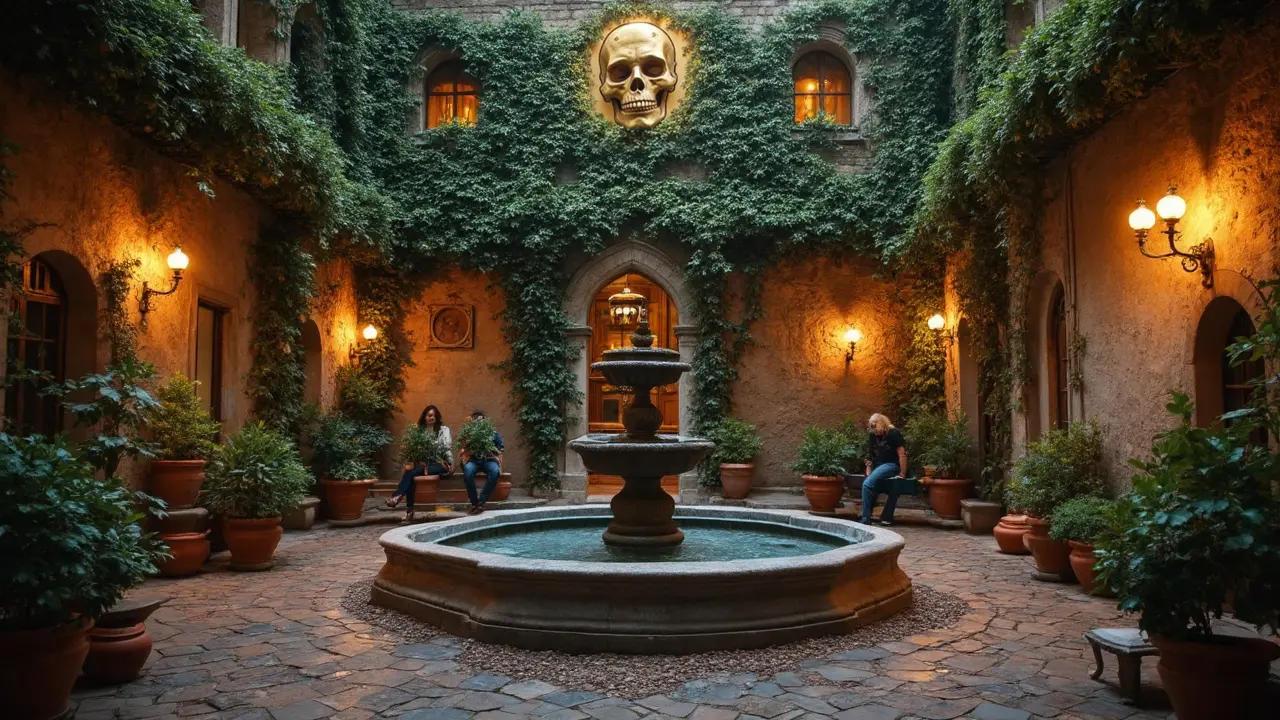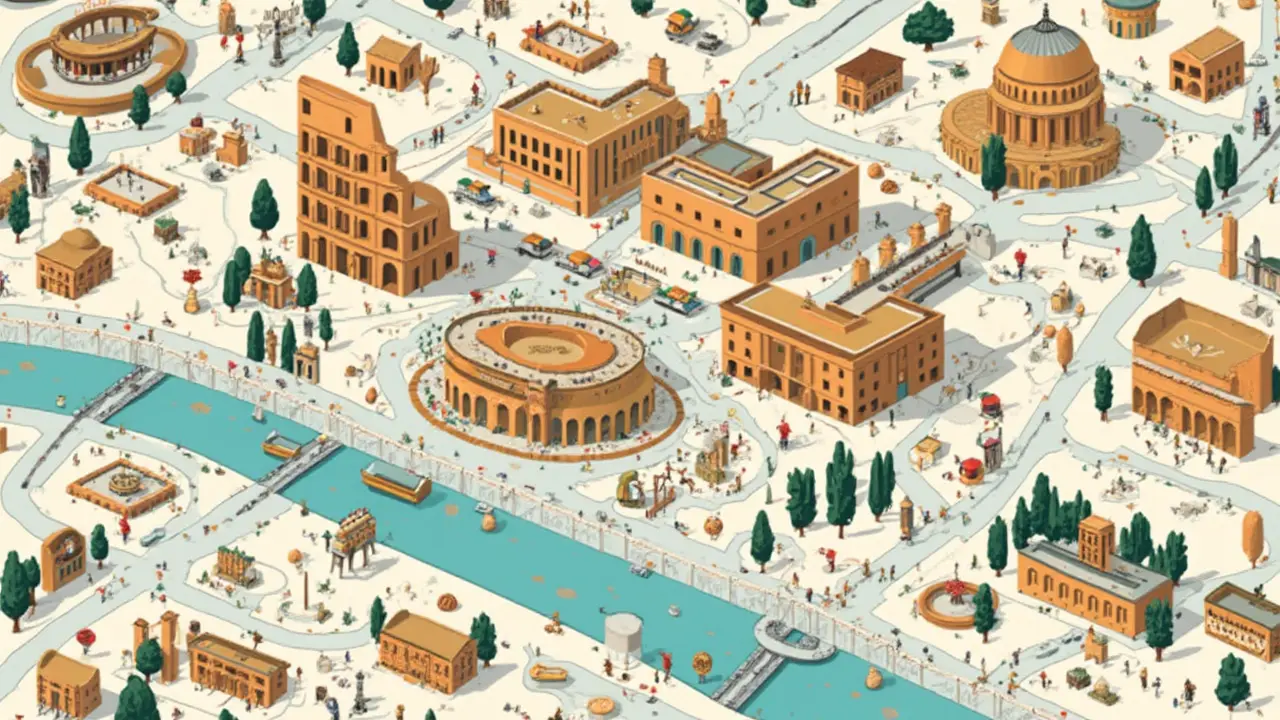
Stare at almost any street corner in Rome and you’ll see something that would be a world-famous icon elsewhere—a crumbling pillar, a fountain older than most countries, a roof garden drenched in lemon trees. The mind boggles at just how much is packed into the city’s famously chaotic streets. Skip the tourist info desk. You could nickel-and-dime yourself with endless lists and still miss what makes Rome mind-blowing. Let's go deeper.
The Colosseum and Roman Forum: Walking Through Ancient Glory
Nothing says you’re really in Rome quite like that first glimpse of the Colosseum. It still dominates the skyline in 2025, as it has for nearly two thousand years. The numbers are wild: it could seat more than 50,000 Romans, and gladiators really did fight to the death here—more rarely than the movies suggest, but the blood did flow. Get a ticket that combines entry to both the Colosseum and the Roman Forum, because skipping the Forum is like only watching the first act of a play. The Forum is where history literally oozes out of the ground: ancient markets, the Temple of Saturn, even the supposed burial site of Julius Caesar.
If you want to dodge the crowds and the blazing Rome sun, book your slot early in the morning or right before closing. Trust me, a sunset stroll through ruins feels almost magical. Guides can be hit or miss, and the audio guides are a solid option if you like taking your time. If stats are your thing, recent studies clock peak daily visitors to the Colosseum at around 18,000, proof that its pull hasn’t faded. Here's a quick look at visitor numbers the past years:
| Year | Colosseum Visits (Millions) |
|---|---|
| 2022 | 7.6 |
| 2023 | 8.2 |
| 2024 | 9.1 |
Before you leave, step under the Arco di Tito at the Forum’s entrance. Its reliefs show Ancient Rome conquering Jerusalem—tour guides will nod knowingly and call it the “original inspiration” for Paris’s Arc de Triomphe.
The Vatican: More Than Just Michelangelo
Everyone’s got the Sistine Chapel on their bucket list, but the Vatican is a universe in itself. People pack into the Vatican Museums for the ceiling. Problem is, most march right past the galleries full of insane treasures from Egypt, Etruria, and Ancient Greece. Don’t make that mistake. The Laocoön statue (yes, the writhing guy with two sons fighting sea serpents) was unearthed near Rome in 1506—Michelangelo himself rushed over to see it.
Pope Francis occasionally pops up at St. Peter’s Square, which can hold upwards of 80,000 people. You don’t need to be religious to get the chills beneath Bernini’s marble columns. Consider climbing the cupola: 551 steps if you opt to walk the whole way, or 320 if you take the elevator partway. The photo op from up there? Unreal. Less known: Vatican Post is its own country, so you can buy stamps and mail a card that’ll have collectors grinning.
If you’re after a quieter Vatican moment, sneak into St. Peter’s Basilica after 5 pm, when tour groups thin out. Soak in the silent awe. Locals swear by it.

Piazzas, Fountains, and Daily Life: Rome in Motion
Rome’s squares (piazzas) aren’t just pretty—they’re basically the city’s living room. Piazza Navona oozes Baroque beauty, with Bernini’s Fountain of the Four Rivers smack in the center. Sure, there’s a selfie scrum, but the detail on those statues? Madly impressive. Gawk, and then find a spot on the steps to people-watch. Café prices in the piazzas are sky-high, but it’s the rent you pay for atmosphere. Grab a gelato instead for less than €3.
The Pantheon nearby is a weird mix of temple and engineering marvel. Its dome still baffles architects today, and it’s got the world’s largest unreinforced concrete dome. The circular opening at the top, the oculus, lets in a beam of sunlight so sharp you’d swear it was staged. It rains inside, and the ancient Romans designed drains in the floor to deal with it. Tip: enter late afternoon as the sun angles in.
The Trevi Fountain sees roughly 3,000 euros in coins tossed in each day—collected and used for charity. The rumors are true: throw one coin in for a return to Rome, two to find love, three for marriage or divorce, depending on how you ask. Local police may blow whistles at people sitting on the fountain’s edge. They mean business.
Want a taste of real life? Head to Campo de’ Fiori in the morning, when locals pick up produce or flowers, and stick around for aperitivo hour as the mood flips from market buzz to candlelit chatting.
The Hidden Corners: Rome off the Beaten Path
Rome knows how to hide its best bits. Here’s proof: Aventine Hill’s famous keyhole, where you can peek and see St. Peter’s Basilica perfectly framed, is about as off-the-radar as it gets. Get there early to skip lines of Instagrammers. Just a few blocks downhill, find the Giardino degli Aranci (Orange Garden). The view over Rome, with domes poking up everywhere, beats the crowds at other lookouts.
Skip the beaten track and walk through Trastevere as dusk falls. The area’s cobbled lanes come alive with fairy lights, local families, and trattorias that actually have Romans eating in them. If you want to spend less but eat better, try the pizza al taglio (“by the slice”) at a tiny bakery like La Renella. You’ll see students and locals in the know.
There’s even a church that doubles as a crypt full of skeletons—Santa Maria della Concezione dei Cappuccini. Morbid? Sure, but fascinating. Bones of roughly 4,000 monks are arranged into artful patterns on the walls and ceilings. The message: “What you are now, we once were; what we are now, you shall be.” Talk about an existential souvenir.

Tips, Tricks, and Making Your Visit Count
Rome is a city best enjoyed at your own pace. Summer can hit 38°C (100°F), so opt for early starts or late strolls. Instead of racing around the ‘big five’ attractions, pair your sightseeing with leisurely meals or coffee stops. Romans linger—so should you.
- Book major sites online. It saves hours, especially at the Rome attractions like the Vatican or Colosseum.
- Taxis officially don’t pick up hails, so look for a taxi stand or book via an app (FreeNow’s a favorite here).
- Public transport covers most of the city, but tickets need to be validated. Buy at kiosks or tabacchi shops and stamp before getting on.
- Many museums are free the first Sunday each month—great for budget travelers, but crowds swell fast.
- For an epic walk: start at the Spanish Steps, zip down Via Condotti, spin past the Trevi Fountain, cut through the Pantheon, and end at Piazza Navona.
Keep an eye out for street fountains called "nasoni." They’re safe to drink from and a lifesaver on a boiling afternoon. Romans swear the water tastes better than bottled. And keep small change ready for churches—many charge a euro or two to light up their famous artworks or side altars.
If you want to really feel the city, let yourself get lost. Wander without maps or Google. You’ll hit dead ends, tumble onto unexpected plazas, and maybe find the best meal of your trip down a side street you weren’t supposed to find. That’s Rome: stubborn, chaotic, overloaded with wonders—and always, always ready to surprise.



